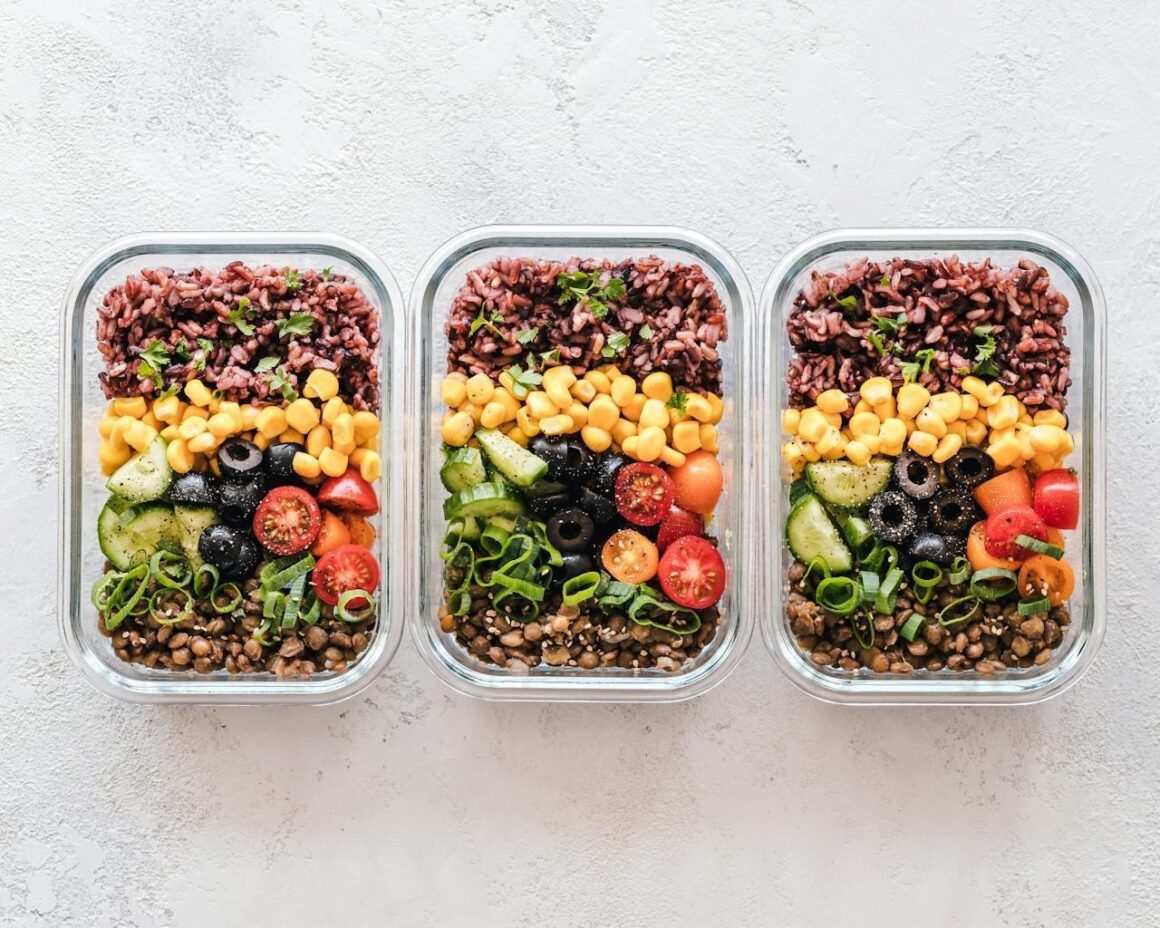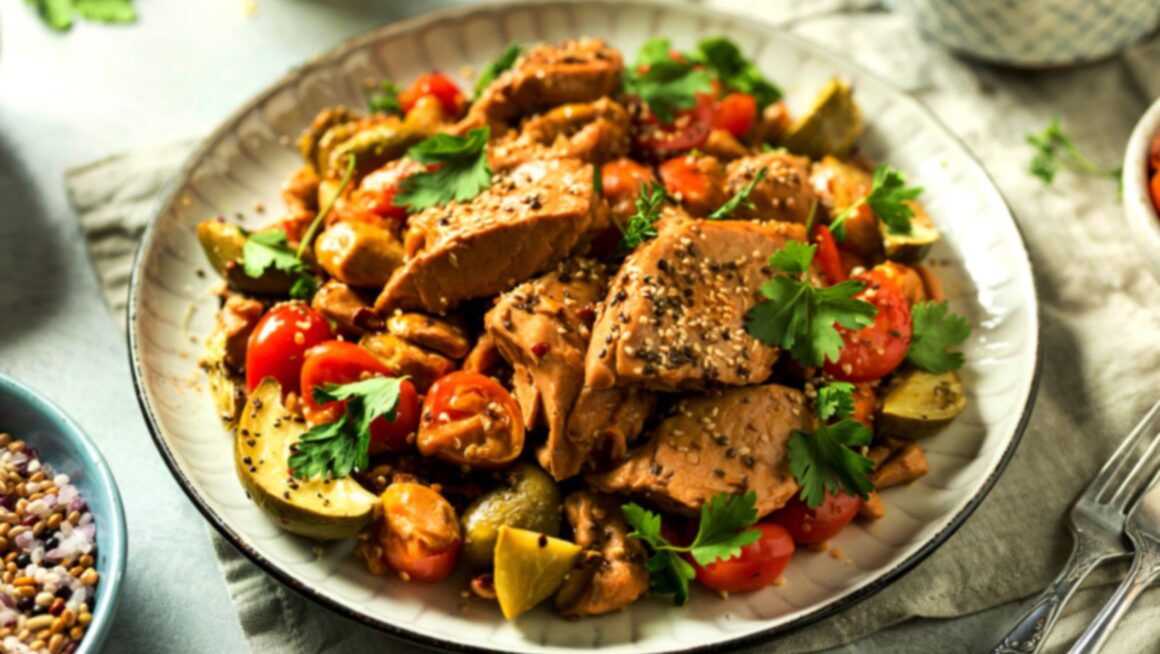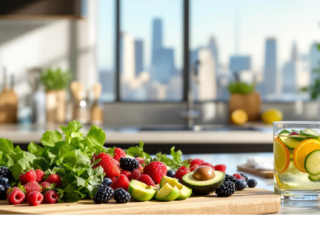
It is common sense for many people that eating vegan is super expensive, because some might think that there are only a few options available, like fancy faux meats, trendy ingredients and specialty products. But here is the truth: a well plant-based lifestyle can actually save you money when you focus on smart shopping, other options for ingredients and meal prep. With the right strategies, anyone can enjoy flavorful, nutrient-dense, budget vegan meals that don’t break the bank, either if you are a busy student or a working parent.
Start with the Basics: Budget-Friendly Vegan Staples
The foundation of a vegan grocery list doesn’t need to be complicated or expensive. Stocking up on simple, versatile staples can open the door to hundreds of meal combinations. The examples below show affordable and nutritious plant-based meals.
- Lentils, chickpeas, and black beans: great protein and fiber sources for soups, stews, and salads
- Brown rice, oats, and quinoa: filling grains that provide lasting energy
- Potatoes, carrots, and onions: inexpensive vegetables that store well and form the base for countless dishes
- Canned tomatoes, frozen spinach, and peanut butter: pantry essentials for sauces, smoothies, and snacks
These ingredients are widely available and form the backbone of any plant-based meal plan, providing both nutrition and value.
Smart Shopping Tips and Meal Planning That Stretch Your Plant-Based Budget
You don’t need to shop at upscale organic markets to eat well. The key is to buy strategically, so you can start with shopping bulk bins for grains, beans and seeds. It’s cheaper and cuts down on packaging waste. Then, choose frozen over fresh when produce prices rise; frozen vegetables retain nutrients and reduce spoilage.
You can also buy seasonal or on-sale produce to get the best flavor for the lowest cost, and skip packaged vegan “substitutes” like faux meats or plant-based cheeses, which are often pricey and less nutrient-dense than whole foods. By combining these tactics, you’ll keep your grocery bill low while maintaining nutrient variety and flavor.

And speaking of smart shopping, planning your meals is also a good way to have a vegan diet without having to spend so much money and time. While you’re out shopping, think about how you can prepare your meals and if you’re not sure about how to start, sites like VNutrition offer delicious recipes and meal-planning resources that can help you organize your week.
Affordable Vegan Protein: Learn How to Choose the Best One
Protein is often the biggest concern for new vegans, but nature has you covered. Affordable, high-protein options include lentils and chickpeas for soups, curries and salads. Tofu and tempeh can work for versatile main dishes, while peanut butter, sunflower seeds, and oats work for protein-rich breakfasts and snacks. Lastly, canned beans and frozen edamame is really good for easy, quick protein boosts.
While whole foods cover most needs, plant-based diets can sometimes fall short on certain micronutrients like vitamin B12 or iron. That’s where thoughtful supplementation comes in. If you’re concerned about gaps, greens powder can help fill in missing nutrients, especially when produce access is limited or time is tight and might have potential cardiovascular benefits.
Pantry Hacks and Batch-Cook Ideas for Busy Weeks
Cooking once and eating multiple times is one of the smartest ways to save money and effort. Here are a few easy, budget-friendly meal ideas:
- Cook a big batch of lentils or black beans to use in tacos, soups, or bowls throughout the week.
- Use frozen vegetables in stir-fries, curries, or vegan scrambles for quick nutrition.
- Roast a sheet pan of root vegetables like sweet potatoes, carrots, and beets for several mix-and-match meals.
- Make overnight oats with nut butter, banana, and flaxseed for an inexpensive, energizing breakfast.
With a stocked pantry and some batch cooking, you’ll always have ready-to-go meals, saving you from takeout temptations and food waste.
Know When to Spend (and When to Save)
Not every ingredient deserves the same share of your budget. Prioritize spending on high-quality, foundational foods like whole grains, legumes, and greens powders, and skip overpriced specialty items unless they truly enhance your meals.
Choose products that yield more, so you can spend a reasonable amount and get more servings of food. In addition to being cheaper in many cases, these ingredients are healthier. One example is lentils, which tend to yield much more than a package of vegan snacks. Whole plant foods deliver better value and nutrition, keeping your wallet and your body in good shape.
Final Thoughts: Eating Vegan Shouldn’t Cost More, Just Smarter
Eating vegan on a budget is absolutely possible and deeply rewarding. With a few smart habits like building a basic pantry, batch cooking, and focusing on whole ingredients, you’ll discover that plant-based meals can be simple, affordable, and delicious.
Start small: try one new recipe per week, shop with a plan, and keep essentials on hand. You can also opt for supplements, such as green powder, which are not only very practical but also help with your diet and meal plan. Eating healthy as a vegan is totally possible, it doesn’t have to be tiring or expensive. Just use your creativity to prepare your meals, and you’ll have lots of energy thanks to your balanced and healthy diet.

It is worth starting a vegan diet, and if you have already started, it is worth persisting, as it is a lifestyle that can bring many health benefits. Previous studies showed that the high intake of plant-based products, like whole grain, vegetables and legumes, containing fiber, minerals and vitamins might lead to an improvement of LDL cholesterol and the improvement of glycemic outcomes.











